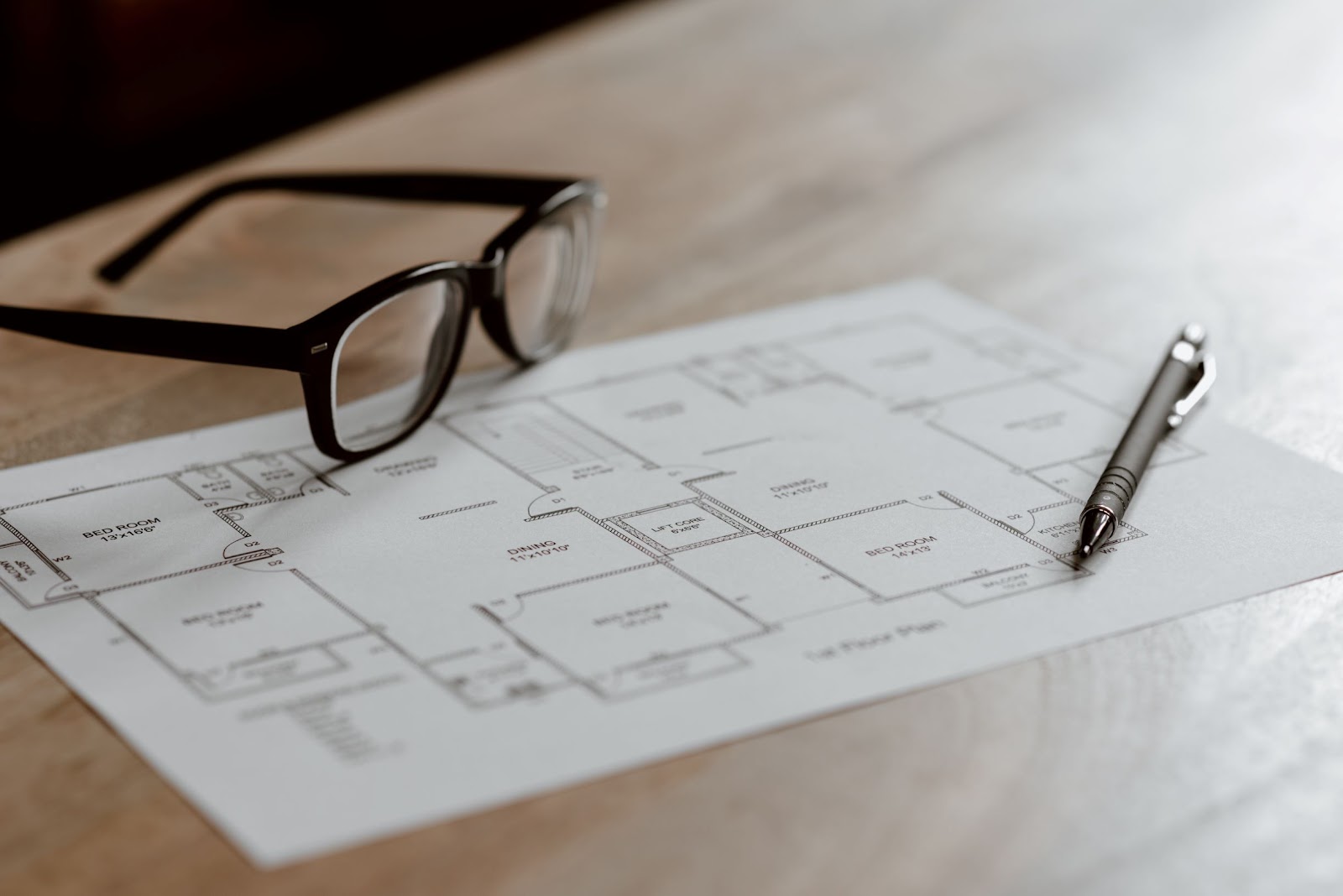Aging in place: Why it’s never too early to start planning

Baseball Hall of Fame catcher Yogi Berra said, “If you don’t know where you are going, you’ll end up someplace else.”
According to the American Association of Retired Persons (AARP), more than 75% of us over the age of 50 want to remain in our current home.
That’s easy to understand here in Western Washington, our local paradise. This area is temperate in climate, boasts magnificent mountains, lakes, rivers, and saltwater, and is home to an abundance of life’s best – fresh seafood, locally-farmed produce, and world-class medical care. Award-winning coffee roasters and some of the country’s finest microbrew beer add to the charm.
Of course you want to live here, thrive here, and grow old here. And there’s another reason to stay – Washington cares about its aging population and has become a model for the assistance it provides caregiver families.
You may have reached a point of concern about your own need for care or for that of a spouse. Some of you face the possibility of caring for an aging parent. You might be buying a home and wondering about spending the rest of your life there – and perhaps factoring in the possibility of an elderly relative moving in one day.
Regardless of your age or situation, it’s never too early to plan for aging in place.
What is aging in place?
It’s remaining at home rather than moving to residential care. But aging in place is also a process.
You put down roots, raise your children, and start thinking about retirement. All along the way you build and fortify your nest and settle into your neighborhood. In effect, you’re aging in place for many years as you go about your life and make decisions about major life events along the way.
You want to be near friends and family and be part of the community you’re accustomed to. You like the routine you’ve established inside your home and on the street where you live. Neighborhood familiarity gives you a sense of security on one hand, and independence on the other.
It’s natural to develop emotional attachments to your surroundings – how you move around the spaces in your dwelling and what you see outside the living room window. You have the freedom to make changes to your home to reflect physical needs and personal interests.
Being at home and feeling at home offer comfort.
Independence, community, social connections, good care, and familiar surroundings – these are the goals of aging in place.
When you age in place you are home.
Why plan early?
Simply put, you want choices. You make decisions based on what’s important to you. Whether it’s as minor as deciding what to have for lunch or as significant as evaluating retirement, you mentally sift through options and ideas. When you’re free to choose, you feel more in control of your life because you can weigh alternatives and arrive at what feels best.
Since aging in place is a process, you have more options if you have the opportunity to think about them over time. If you try to see the big picture of your future life or that of a family member, you start with a vision and gradually define the details. Getting an early start doesn’t guarantee that everything falls perfectly into place when you need it, but it can offer a big advantage.
Another reason to start early is that you’ll have more time to revisit and update your plans. There’s good news on the horizon – factors affecting the aging population are changing, in many respects for the better.
Regulatory and policy progress in the last few years indicates that increasing attention is focused on our elders. There’s a bright future for advances in digital health technology as more seniors increase their use of smartphones and computers.
Evidence is also growing for more affordable home care in the next few years. Recent supplemental benefit additions to Medicare Advantage plans include an expanded interpretation of covered services, which for many plans translates to improved in-home care coverage.
Planning for the future is key, and preparation is your most basic tool for the job. Here are some things to consider for creating an aging-in-place blueprint.
A framework for aging in place – 5 steps to consider
Start planning now
Think about what’s important and if aging in place suits your lifestyle. This is a personal values assessment.
- Do you have a spouse, partner, or other family member who shares your home, or are you living alone?
- Do you like your neighborhood?
- Are you sociable?
- Are there neighbors you can reach out to for assistance?
- Are you close to the amenities you want – shopping, pharmacy, medical clinic?
- Is your area walkable and safe?
- Do you like to cook?
- Are you willing to make modifications to your home if necessary in order to stay there?
Imagine having to downsize your belongings and move to a smaller space, possibly away from familiar surroundings. Take your time with this thought and give yourself an honest assessment of how such a move might affect you.
Planning should involve your family, whether you’re a caregiver or an aging person in need of care. Most of us do not wish to burden our loved ones with the difficulty of extensive caregiving. But those loved ones deserve to be part of the conversation because everyone in the family can be impacted by caregiving.
If you’re the family member of someone who may need extra assistance, be observant. Pay attention to signs that your loved one may be struggling with balance, failing eyesight, or cognitive decline. Watch for changes over time. This can help guide your planning process.
If time affords you the benefit of early planning, take advantage of it. It can make a positive difference for other considerations such as health, physical surroundings, and finances.
Assess your health
If you are in good health, aging in place will go more smoothly. The earlier you start, the better your chances of improving your fitness with strength training and balance work for effective prevention against falls. Follow a heart-healthy diet and know your numbers – blood pressure, weight, cholesterol level, and A1C level.
Talk with your primary care provider about your plans. Ask for guidance if you or your loved ones are dealing with a chronic disease that makes mobility or medical care more complicated, or if you need expert advice from a specialist, such as a nutritionist, an audiologist, or an occupational therapist.
Determine how age-friendly your house is
Safety and ease of movement are priorities. Many basic modifications are easy and inexpensive, such as installing lever-handle door knobs, bathroom grab bars, and ramps.
Consider investing in a wearable medical alert system. Do a room-by-room assessment to identify potential hazards such as inadequate lighting and loose area rugs. This is an ideal time to reduce clutter and clear away things that aren’t being used, such as extra furniture.
It may be helpful to get a professional safety assessment of your home, along with recommendations of contractors in your area who specialize in home modifications. According to architect Sarah Susanka, “No matter what your income bracket, you have a lot more options than you may realize. You can take almost any house, and with a little bit of modification, make it work.”
If you start this step early in your process, before your need is urgent, you can better afford the time it takes to be methodical and make modifications more slowly. This can also help you spread the cost of improvements over several years.
Consider your finances
Your very best option is advance planning and saving. With an early start to aging in place, while you’re still employed and contributing to a retirement fund, consider working the cost of potential home renovations into your retirement budget.
Can you afford to stay in your own home? If you own it or have significant equity in it, aging in place there most likely will be much less expensive than moving to a retirement community or into an assisted living arrangement.
If space allows, you might consider home-sharing. Home-sharing services that screen applicants and match you with suitable housemates are becoming a good choice for older homeowners who need extra income in order to stay in their homes.
You might be interested in long-term care (LTC) insurance, which is designed to cover the cost of custodial and personal care, such as in-home care and assisted living. It’s important to consider LTC as part of your financial planning process, before you need it. Affordable policies may not be available if you’re already disabled or have a chronic illness.
If you’re a Medicare recipient and have a Medicare Advantage plan, contact your carrier to ask about supplemental benefits for non-medical care services, which for many plans became more inclusive in 2020.
Have a contingency plan
As your needs change, your means of support should keep pace. Engage your family early in the process by discussing your wishes and exchanging important contact and insurance information.
Planning for possible changes in your or your loved one’s health includes knowing your local resources. Caregiver families can find information and assistance through agencies like the Area Agency on Aging for Seattle and King County and the City of Bellevue Network On Aging.
Add a friendly consultation with the staff at SeaCare In-Home Care Services to your planning agenda. They are ready to discuss options to help your loved ones stay in the comfort of their home with the care they need.
Katie Wright writes about aging and senior wellness from Bellingham, WA. You can read more about her here.
{{cta(‘b0886078-d0f4-4325-933f-620bf9cdd921’)}}




